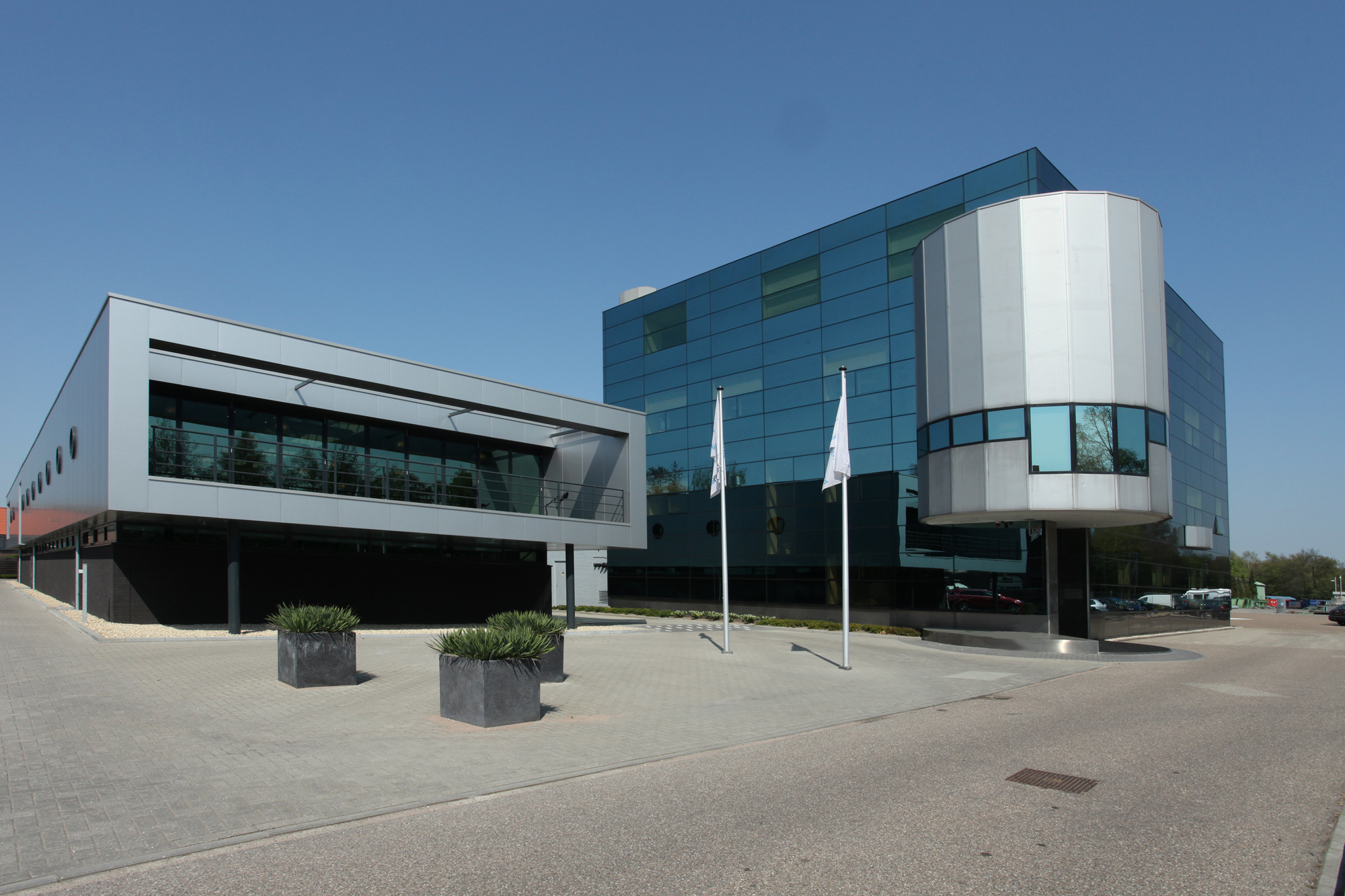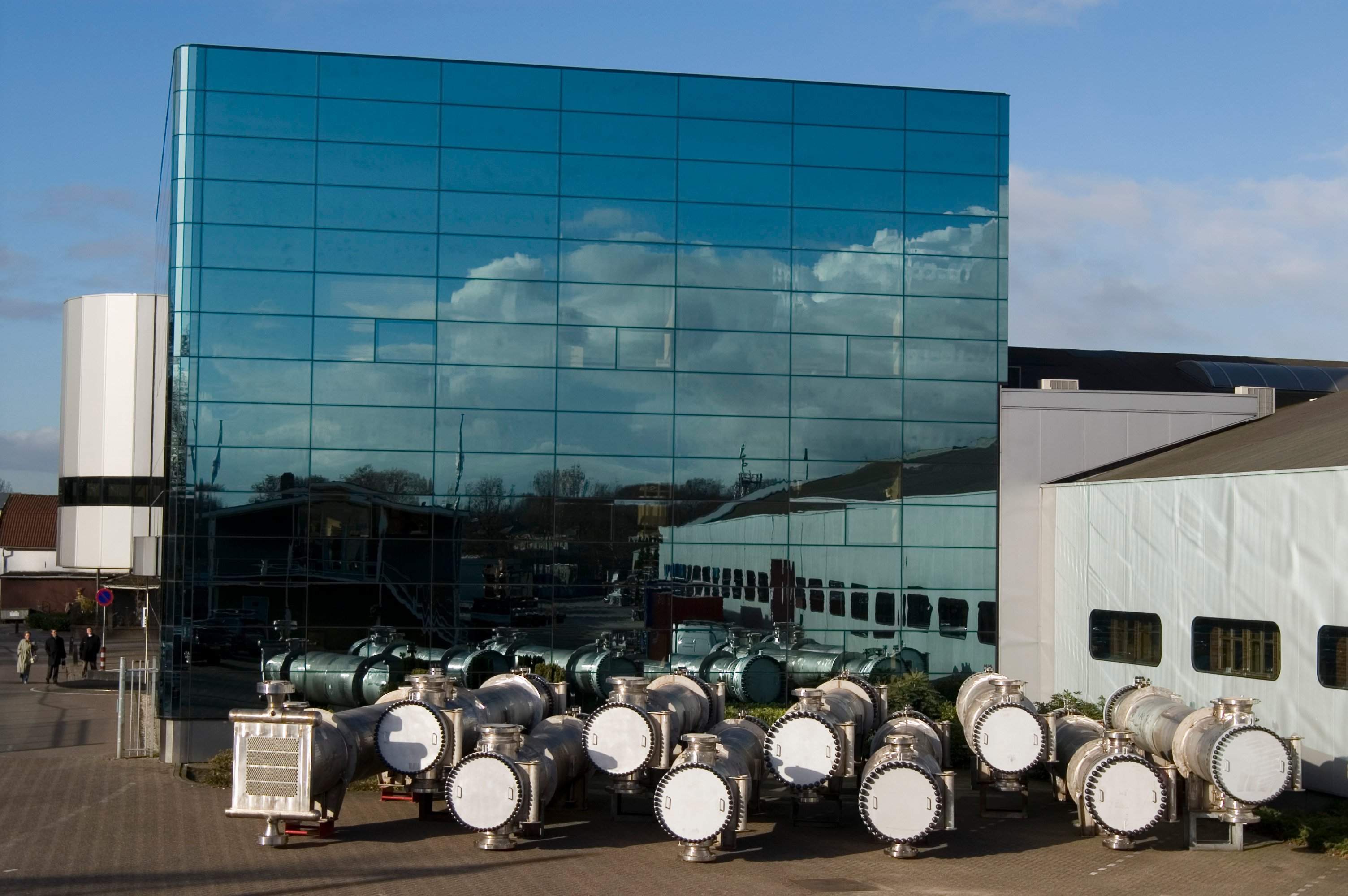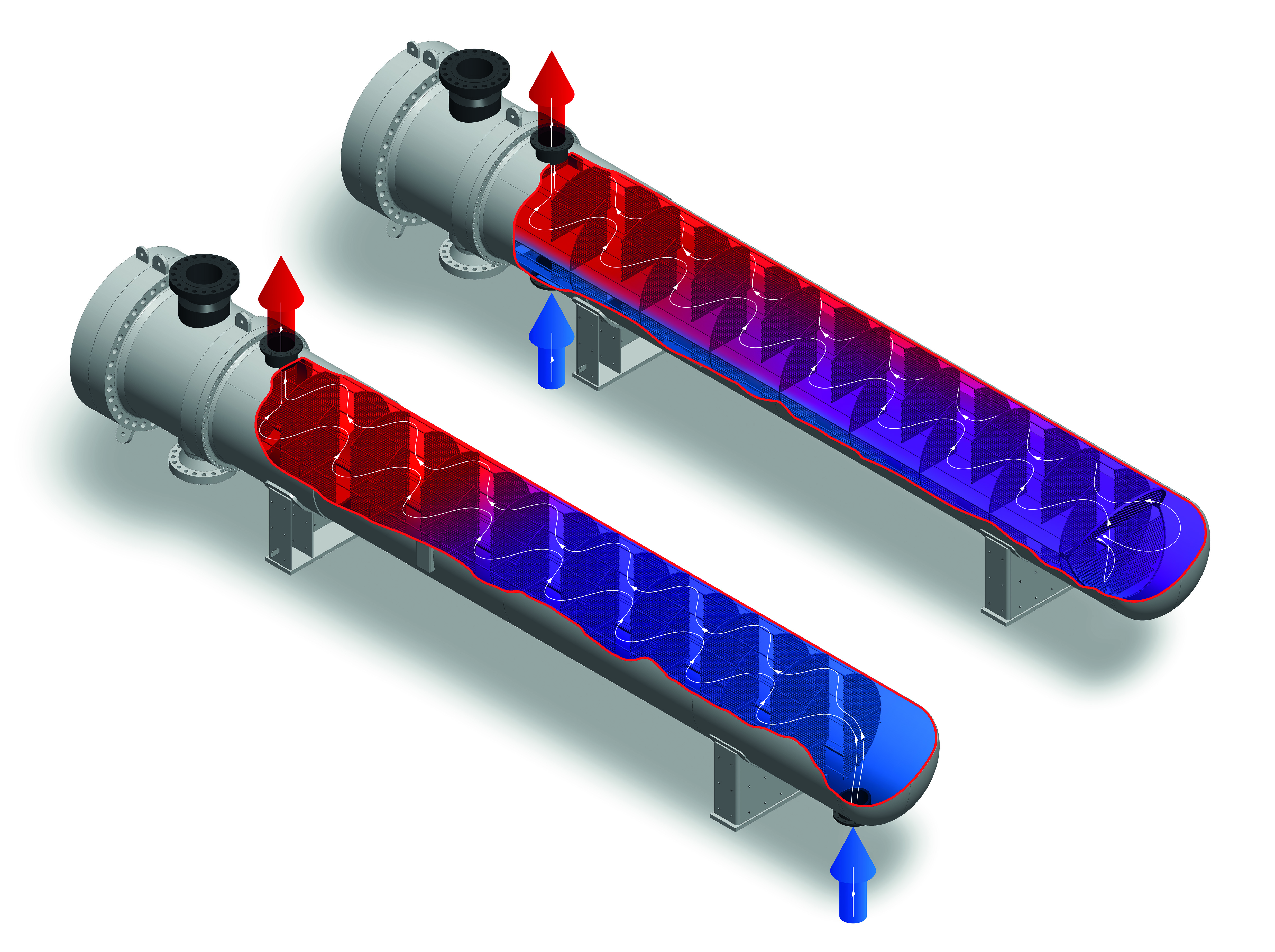/2.04%20-%20regeneration%20gas%20cooler%20(uop)%20foto%2004.png)
Design Optimization of a Regeneration Cooler
How we increased the capacity of an existing Regeneration Cooler fulfilling requirements regarding plot space and keeping the fixed point such as nozzle & saddle location intact according to the existing situation.
Passionate about heat exchange.
/2.04%20-%20regeneration%20gas%20cooler%20(uop)%20foto%2006.jpg)
Efficient Gas Cooler despite restrictive conditions
We are passionate about heat exchange and about complex projects. As for our customer who wanted better performance of their Regeneration Cooler, within strict conditions, regarding plot space, noise, and fixed points.
We worked on a customized solution for the acoustic vibration problem caused by the smaller pitch and higher flow rate, necessary to improve the performance of the Cooler.
A solution that allowed us to sincerely serve the customer.
Customer challenge
One of our esteemed clients requested to increase the capacity of their Regeneration Cooler. But within the existing plot space while keeping the current nozzle and saddle location intact. We came up with a so called plug and play arrangement meeting all their requirements.
Our approach
To realize the requested considerable increase in the capacity of the Shell & Tube Heat Exchanger, the common way is to create more area in the exchanger in terms of a higher number of tubes or working with longer tubes. However, these modifications would yield several problems such as acoustic vibration and more plot space. Exactly the restrictions indicated by the client.
We did extensive research on the acoustic vibration using the FEA software, assessed with HTRI committee and accepted by TPI and end by our client.
As the client was strict in its requirements regarding the plot space and fixed points, we took a very close look at the several requirements and corresponding problems, taking care of every detail.
The solution
Finally we came up with the following advanced, tailor-made solution, by:
- Using lesser diameter tubes and lesser pitch.
- Using a special welding method and torches to weld in the smaller pitch.
- Coming up with a solution for the acoustic vibration problem due to the smaller pitch and higher flow rate.
- Not using a de-resonating baffle, due to the restrictions.
- A customized solution meeting all the client's requirements.
Do you have a challenge?

Let’s talk about your challenge
Do you have a question? Or do you need a customized solution?
Our specialist will get in contact with you.
© 2024 Bronswerk


/2.02%20-%20high%20pressure%20shell%20%26%20tube%20heat%20exchanger%20(compact%20header)%20foto%2008.jpg)